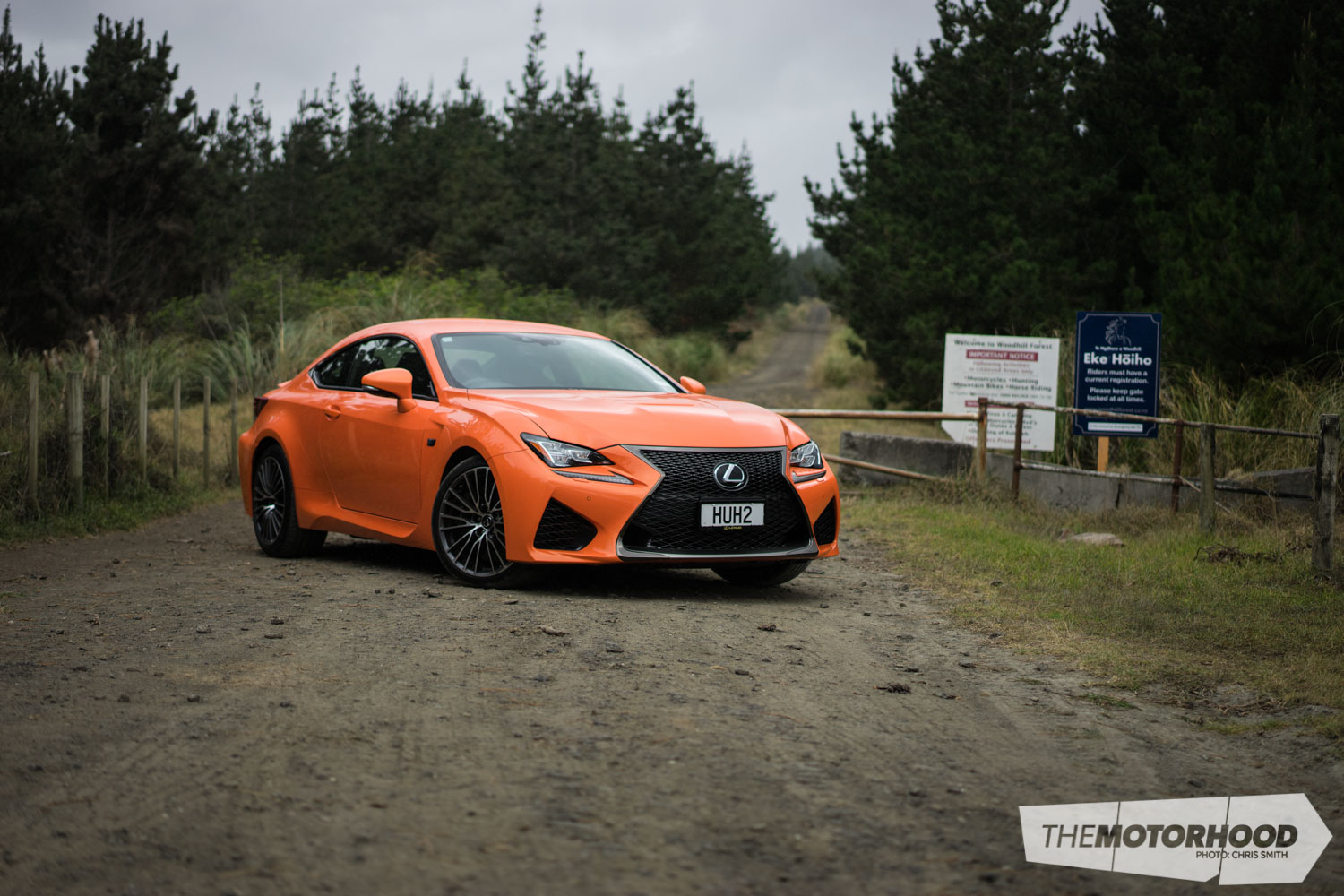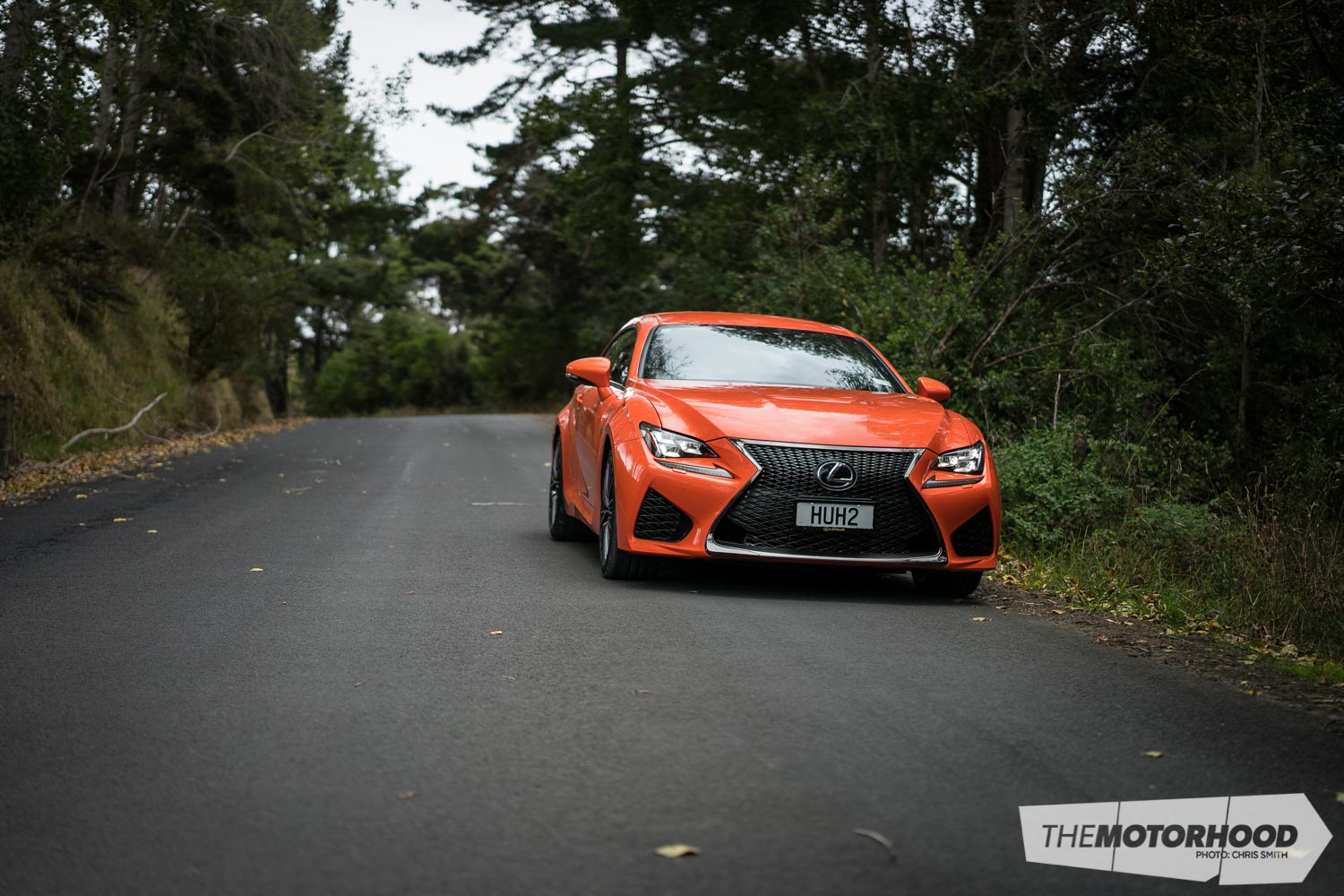data-animation-override>
“Staffer Rene gets his hands on the latest performance coupe to come from the Lexus stables — the Lexus RC-F, a 470hp V8 monster”
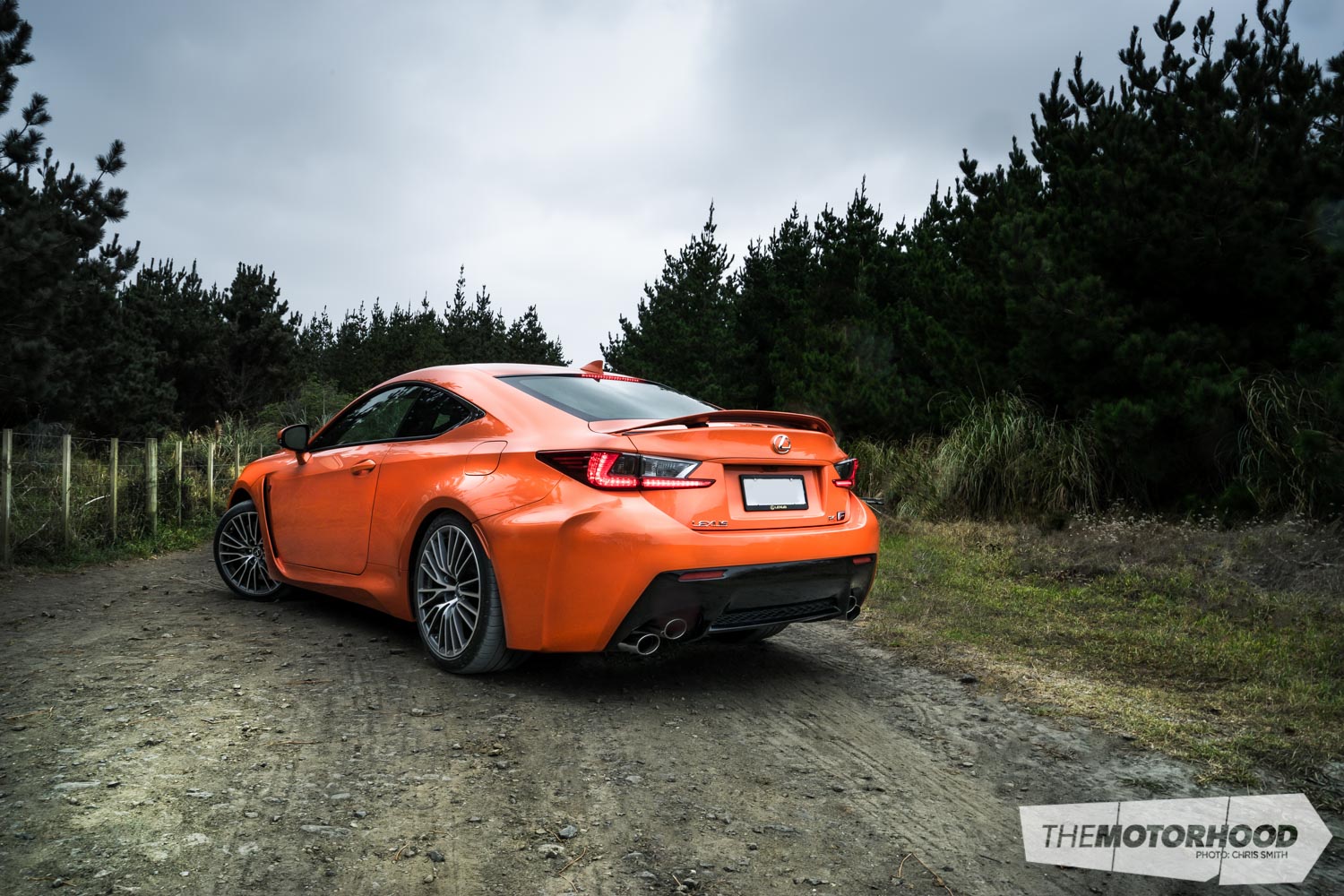
Getting handed the keys to a new car is always an exciting experience, but this time was different — this time it was the latest performance coupe to come from Lexus, a brand which I don’t usually keep an eye on. You’d be right in saying that when we got off the phone from Lexus I quickly Googled the spec list for the Lexus RC-F to confirm that what I had just been told on the phone was the truth. The main thing swirling around in my head was a naturally aspirated, 5000cc V8, that produces how much power? What I did see on the spec sheet however, was the Lexus’ weight, and it was only then that I knew it would be interesting to see if Lexus had managed to hide this fact.
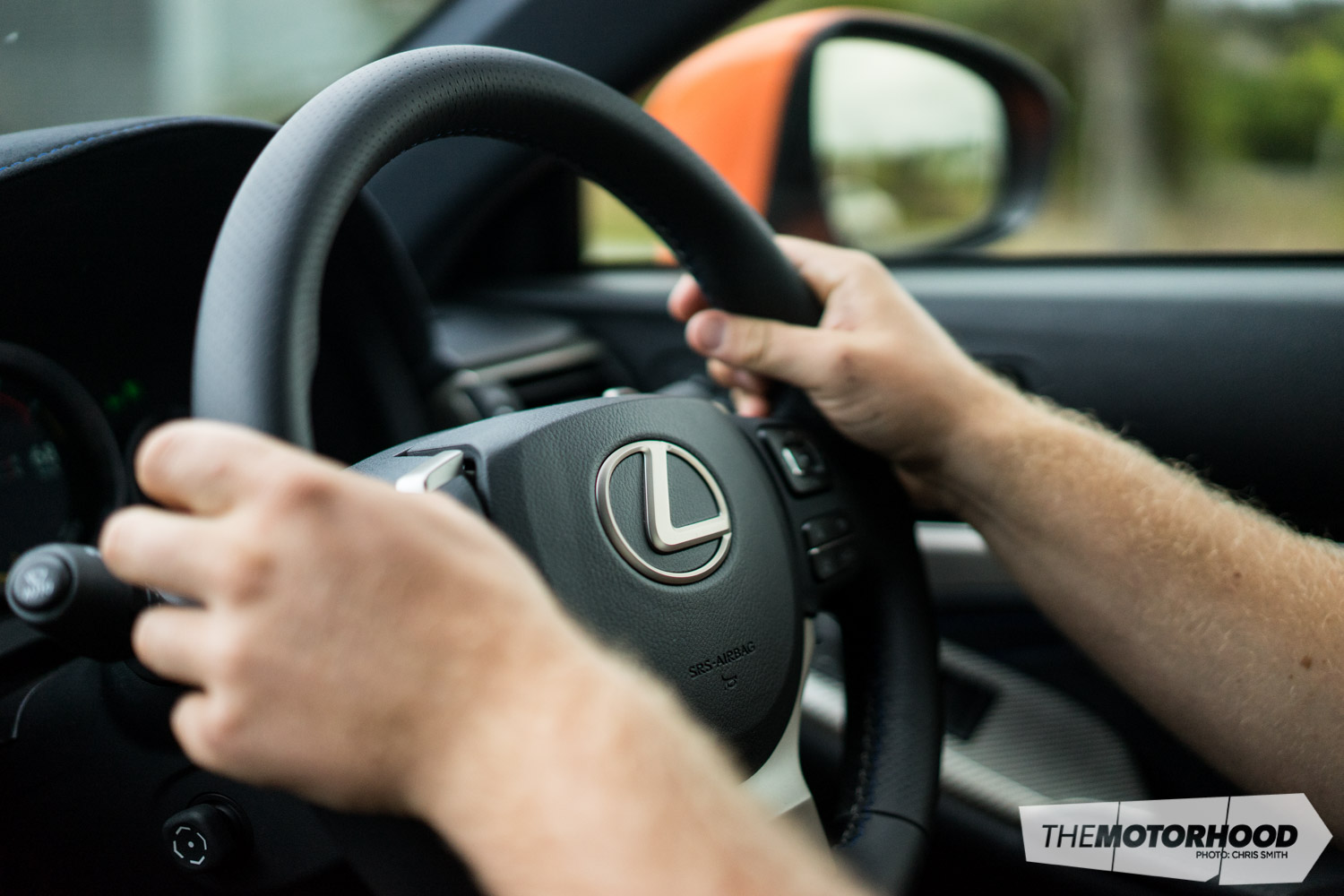
After a quick introduction at the Lexus dealership, I was handed the keys and told to make my way into the driver’s seat for my flight, I mean, driver training. I was kindly shown where the traction-control button was, where the seat warmers and cooler button was, and we synced my cellphone to the central media hub — I was all set to go. My first drive down Ponsonby Road wasn’t a very exciting one, but damn did this car get some looks. I suppose you could say, the bright-orange paintwork and the cackling V8 may have had something to do with it. At this point, I was too focused on driving it back to work to really notice how much was going on in the cockpit — which was a lot.
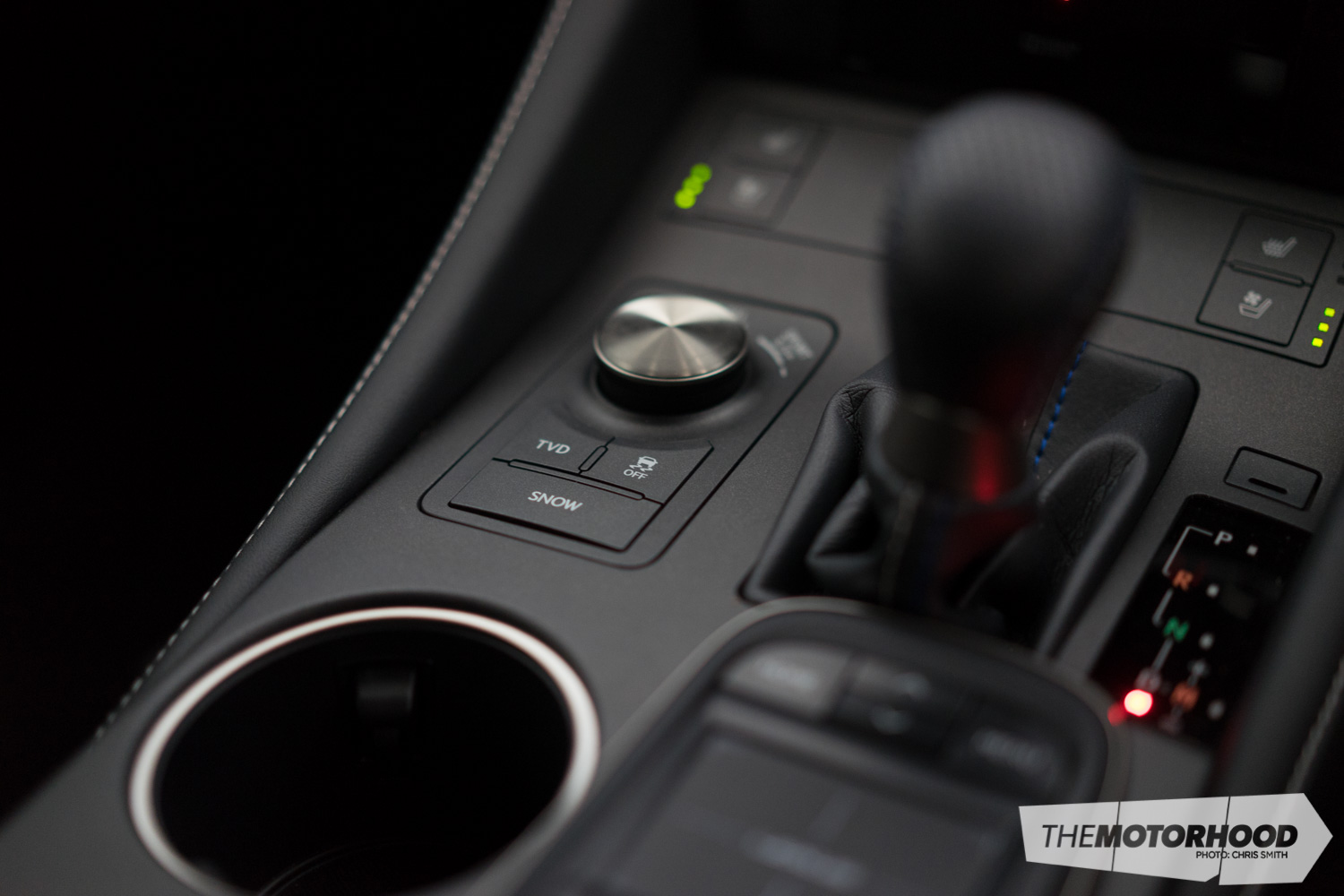
The only correct word to use to describe the interior of the Lexus is what I mentioned earlier — cockpit. Never before have I seen so many dials, buttons, and gadgets. The Lexus has so much tech I’d need an entire article to go through everything in detail, so I’ll just go through the important go-fast stuff. In the middle of the centre, there is dial to control all dials, which I named ‘the mode selector’, which to be fair, it actually is. So, what does the mode selector do? Well, when you start up the Lexus, it will be in ‘normal’ mode, turn it to the left and it’ll switch to ‘eco’ mode (whatever that is), but hook it to the right, and it will engage ‘sport’ mode.

So how do you know what mode you are in, and what that mode will do for you? Two thirds of the gauge cluster is digital, and on the left-hand side an LCD screen displays your mode, and a little digital render of the RC-F with a glowing engine pops up. The centre-gauge pod, where the tachometer is placed, changes with every mode, and depending on the mode it displays varying information. Throw it in eco and it displays your speed and gear, but throw it in sport mode and it will tell you oil and water temperatures, and RPM as the main subject. Once the glowing RC-F render disappears, you are greeted with another submenu, which displays various outputs of information, such as fuel economy, G-forces, and lap times. The rest of the buttons weren’t essential for our needs.

With the Lexus now in its rightful mode, we decided a trip out to Auckland’s West Coast would be an ideal testing ground for the overweight grand tourer, with long straights, rough road surfaces, and best of all, the least amount of road traffic. Behind the 348kW (467hp) Lexus 2UR-GSE engine is an eight-speed, torque converter–style automatic, which, according to Lexus, is geared much better than the IS-F, and I’d tend to agree. Cruising in eighth gear on the highway at bang-on the speed limit will see the revs sit at around 1900rpm, but mash the loud pedal and the transmission will chop down to the appropriate gear and have you hurtling along at quite the pace.

No it doesn’t have a turbocharger, but have you ever revved out a high-compression, high-horsepower, naturally aspirated V8 with four cams? It’s nothing short of sensational. Nothing much happens down the bottom of the rev-range as expected, but once you hit 4000rpm, an intake flap on the side of the air box opens, the VVT-i does what it needs to do, and the V8 utilizes its high-flowing design, pinning you back into your seat.
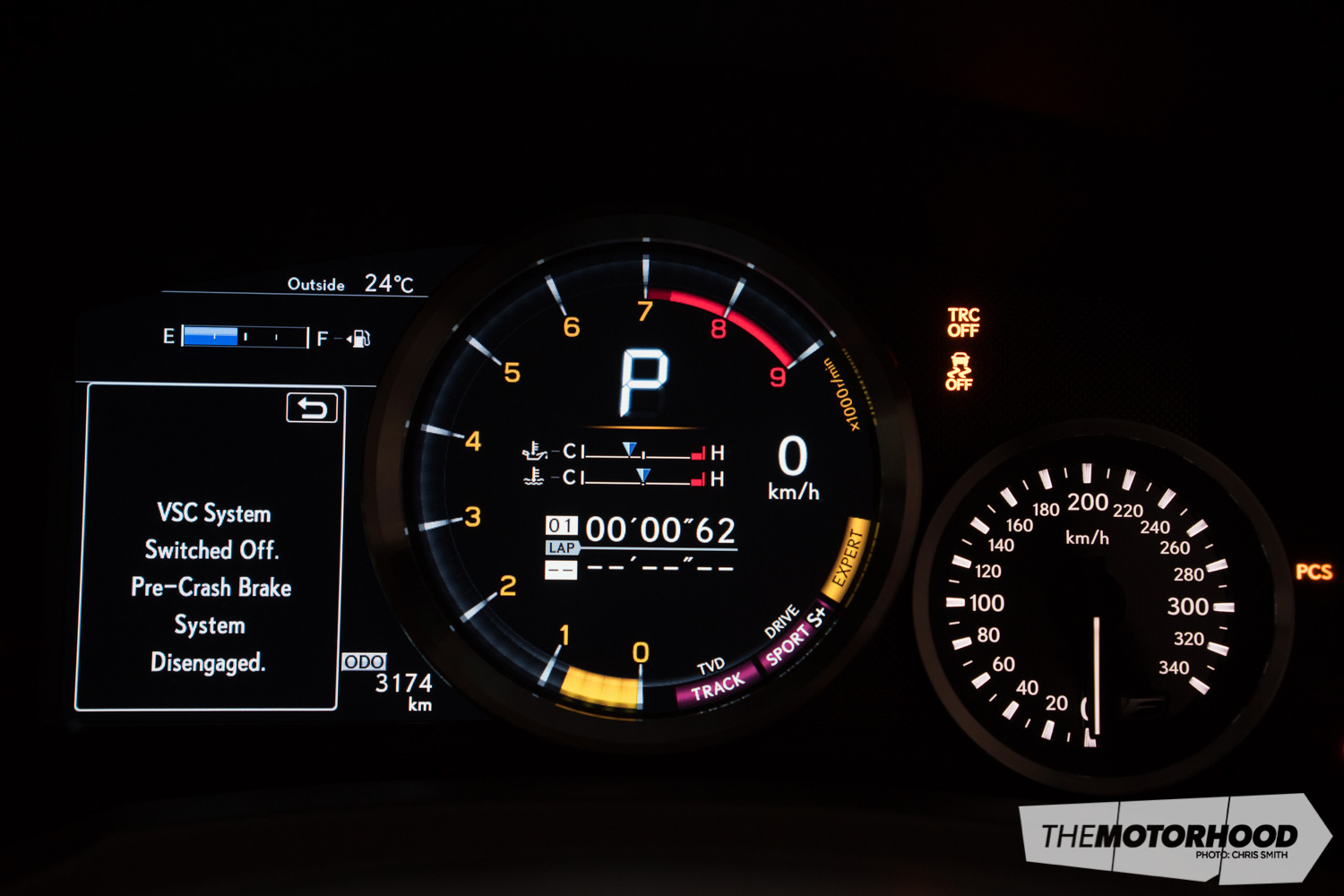
Power gets distributed between the two rear wheels thanks to the electronic torque vectoring differential (TVD), which in typical Lexus fashion, has three modes — normal, slalom, and track. The TVD is truly phenomenal. Even when I was giving it a serious shoeful throughout a wet stretch of road, comprising several crests, dips, and bumps, there was no loss of traction — an amazing feat for a near-on 500hp V8 rear-wheel-drive coupe that weighs close to 1900kg. This instilled a huge amount of confidence behind the wheel, something you need when pedalling a $160,000-plus car at pace, especially when it’s not yours.
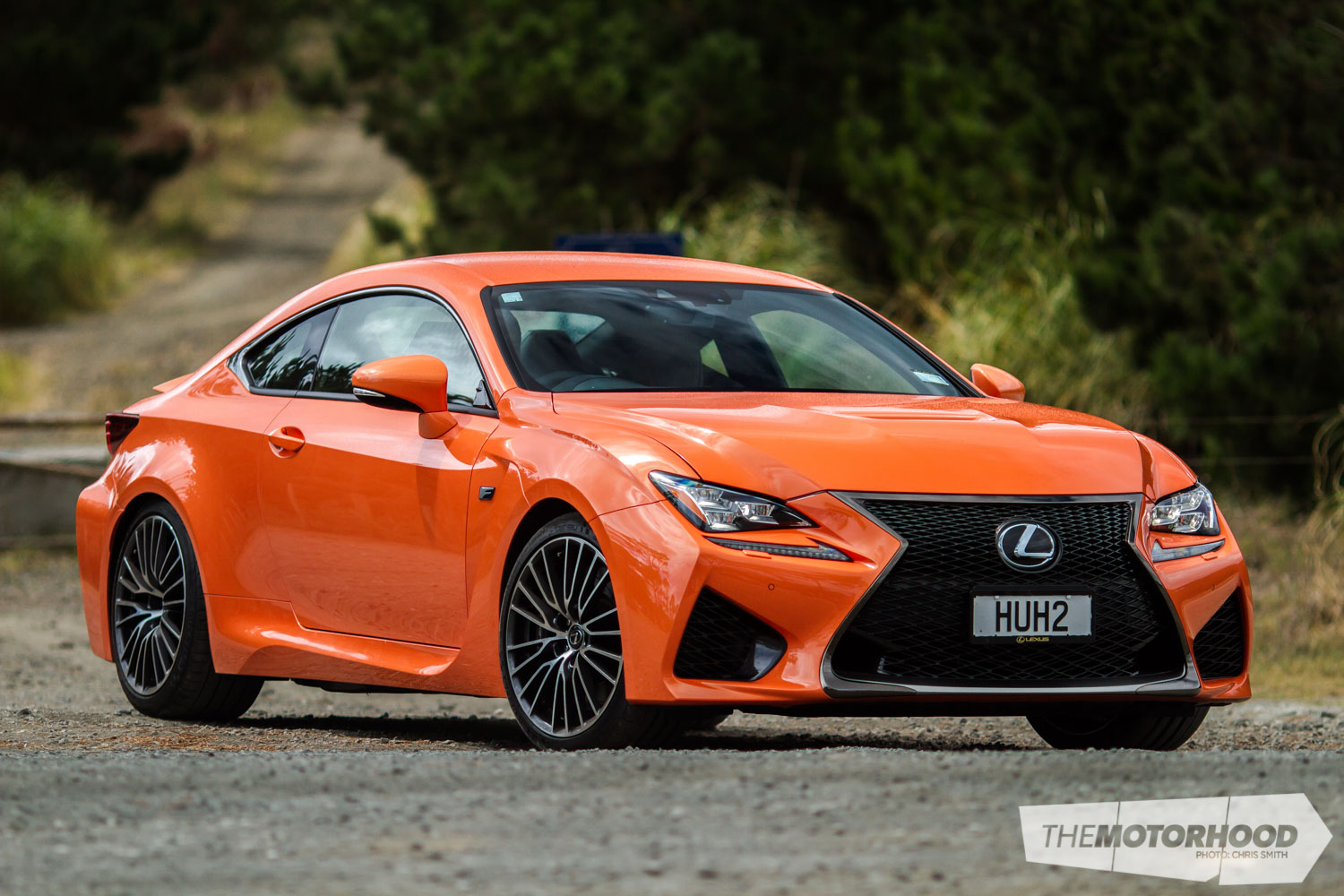
The Lexus RC-F was a car I didn’t want to give back. I grew very attached to the bright-orange behemoth, which I invested in several tanks of fuel driving over the course of five days. The question to be answered though still stood — did Lexus mask the fact this elegant, yet aggressive coupe is nearly 1900kgs? I think so. Many have bagged on the Lexus for being too heavy and not as spritely as BMW’s latest M4, but I don’t think there are many drivers out there that will buy the Lexus for track-based duties — and certainly not with enough talent to push the Lexus past its limits, which is where it will be exposed. For what it is designed for, which we have put down to soaking up kilometres with ease, and having the ability to squirt past most road-going barricades easily — it does it very well, with style that even BMW can’t compete with.





